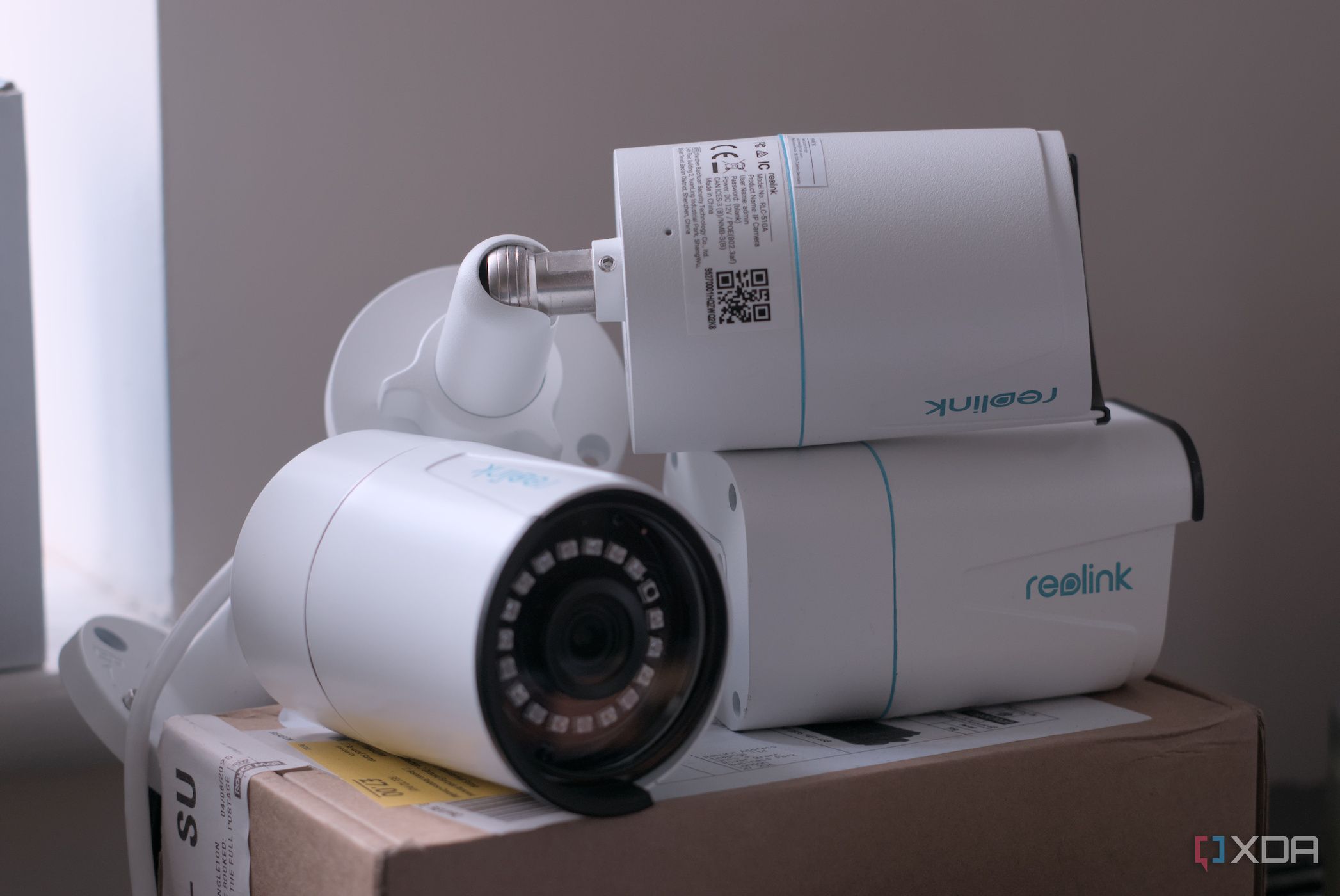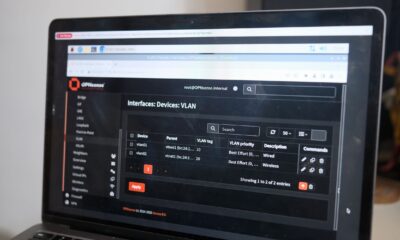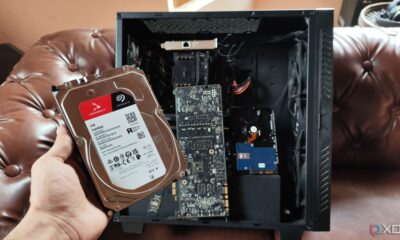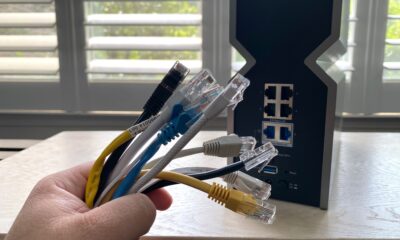Technology
Secure Your Smart Home: Essential Tips for Protecting IoT Devices

As smart home technology becomes increasingly common, the security of Internet of Things (IoT) devices remains a critical concern. These devices, ranging from thermostats to security cameras, offer convenience but also introduce vulnerabilities that can be exploited by malware and hackers. To protect your home network, it is essential to implement strategies that secure these devices and the local area network (LAN) they connect to.
Segmenting Your Home Network
One effective method for enhancing security is segmenting your home network. This involves creating a separate virtual local area network (VLAN) for IoT devices to prevent them from becoming a gateway for potential threats. When installing any new IoT hardware, establishing a VLAN should be your first step. This strategy protects not only the IoT devices but also sensitive equipment such as computers and network-attached storage (NAS).
Many routers support VLAN configuration, allowing you to categorize devices into trusted hardware, IoT devices, guest clients, and sensitive infrastructure. If your current router does not support VLANs, consider options like OPNsense to create a custom firewall for improved security. Alternatively, enabling guest Wi-Fi can effectively isolate IoT devices from your primary network.
Utilizing Strong Passwords and Regular Updates
Another critical aspect of securing your IoT devices is using strong, unique passwords. Many users still rely on default credentials, which can easily be guessed by attackers. Change any default passwords immediately upon installation and consider using a password manager, such as Bitwarden, to generate and store complex passwords securely.
In addition to strong passwords, keeping your devices updated is crucial for maintaining security. Not all IoT devices automatically check for updates, so regularly verify if your devices are running the latest firmware. Vulnerabilities in outdated devices can be exploited, as seen with the infamous Mirai botnet, which targeted outdated webcams. Enabling automatic updates for your devices can help mitigate these risks.
Monitoring your network traffic is equally important. Implement a firewall that provides advanced monitoring capabilities, allowing you to control which devices can communicate with external networks. Properly configured firewall rules can prevent unauthorized communication, ensuring your network remains secure.
While the allure of smart home devices is undeniable, it is essential to treat each IoT device with the same caution as a personal computer. They require ongoing maintenance and security assessments. By taking proactive steps such as segmentation, using strong passwords, and keeping firmware updated, you can enjoy the benefits of IoT devices while reducing the risk of cyber threats. With these measures in place, your smart home can remain a safe and convenient environment.
-

 Technology3 months ago
Technology3 months agoDiscover the Top 10 Calorie Counting Apps of 2025
-

 Health2 weeks ago
Health2 weeks agoBella Hadid Shares Health Update After Treatment for Lyme Disease
-

 Health4 weeks ago
Health4 weeks agoErin Bates Shares Recovery Update Following Sepsis Complications
-

 Technology2 months ago
Technology2 months agoDiscover How to Reverse Image Search Using ChatGPT Effortlessly
-

 Lifestyle3 months ago
Lifestyle3 months agoBelton Family Reunites After Daughter Survives Hill Country Floods
-

 Technology1 month ago
Technology1 month agoUncovering the Top Five Most Challenging Motorcycles to Ride
-

 Technology3 months ago
Technology3 months agoMeta Initiates $60B AI Data Center Expansion, Starting in Ohio
-

 Technology2 months ago
Technology2 months agoHarmonic Launches AI Chatbot App to Transform Mathematical Reasoning
-

 Technology3 months ago
Technology3 months agoRecovering a Suspended TikTok Account: A Step-by-Step Guide
-

 Technology3 months ago
Technology3 months agoByteDance Ventures into Mixed Reality with New Headset Development
-

 Technology2 months ago
Technology2 months agoGoogle Pixel 10 Pro Fold vs. Pixel 9 Pro Fold: Key Upgrades Revealed
-

 Technology2 weeks ago
Technology2 weeks agoElectric Moto Influencer Surronster Arrested in Tijuana

















